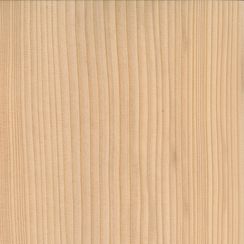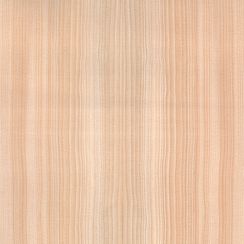Make an appointment at our concept.room for your individual project consulting
Veneer Pine Scots
BackDetailed Description
As a result of the extensive geographical distribution of the pine, the growth conditions and structure are very different. This has an effect especially on texture, density, branch formation etc. The pine is very fast-growing. It usually reaches heights of up to about 30 m, in particularly favourable locations even over 40 m, and a diameter of over 100 cm. The growth forms vary depending on the location, although it can generally be assumed that the shaft is up to half knot-free. The bark is brown-red, smooth, thinly scaled and flaky. With increasing age, a deep bark forms.
Tradenames and other names
Bot. Name: Pinus sylvestris
Tradename De: Kiefer, Dale, Thäle
Tradename En: Scots Pine
Properties
Raw density: 490 - 550 Kg/m3
Occurrence
The pine is widespread throughout Europe from Spain to the Arctic, especially in northern and eastern Europe to Siberia and Asia.
Characteristic and wood color
The sapwood varies in width and is white to yellowish, while the heartwood is yellowish to reddish brown when freshly cut, but darkens quickly in air. The darker, reddish brown annual rings are sharply marked by the late wood. The resin channels are clearly visible and larger than in spruce and larch. The structure is usually straight grained, the texture rather coarse and often irregular.






